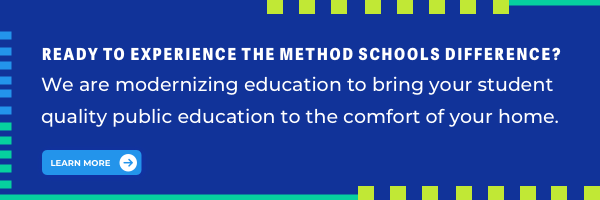Identifying and Meeting Learner Needs When Teaching Small Class Sizes
Education is crucial to the success of an individual in their adult life, and the best way to start that individual off on the right path is by providing the most superior education that you as a parent can provide. While many public schools get a bad reputation for huge classes and little attention to detail, a public charter school often has small class sizes that allow for a more individual approach.
Meeting the individual needs of each student can be a monumental task for teachers. But doing so is very important for preparing these students to become active, effective learners for life. This is a big leap away from the near factory style “teaching to the test” that has been used for years. Moving toward a more personal approach can help ease stress on both teacher and student in the classroom, especially in small class sizes.
Similarities Between Students
According to Simpson and Ure (1994), all students share a need for certain categories of structures in the classroom. They all need a curriculum, cognition of said curriculum, management of learning, motivation to learn, and an understanding that personal factors will affect the learning environment on occasion. Within these categories, each student has a different level of need and aptitude. Moving toward a more personalized learning environment allows these differences to be less of a detriment, and more of a help.
Curriculum and Cognition
Allowing for each student to approach the curriculum as they are able, to an extent, better enables them to retain the materials given, thus improving morale and each student’s excitement for learning. This also enables the cognition aspect, allowing misunderstandings to be addressed as it comes up, rather than persisting because the focus is on keeping everyone at the same speed, as it has been for years. Each student has work appropriate to their level of understanding, the advanced student having a heavier workload than the student who may be struggling to keep up.
Motivation and Management
In identifying each student’s individual learning needs, that student becomes a kind of partner in their teaching. They can feel a sense of personal, active engagement with the material, rather than a passive, just show up kind of class. This active engagement leads to a more adaptive learning mentality that can better prepare students for future learning and careers. It also shifts the focus from just the test material, broadening the scope of classroom material.
Teacher as a Learning Facilitator, Not a Lecturer
A shift from teacher-as-lecturer to teacher-as-facilitator can lead to better use of classroom time, and student-teacher interactions. Students can feel as though the teacher is really present in the teaching, and not just imparting test answers. Students can also have a pride of achievement in each goal met, because they helped to set those goals in the first place.
Shifting to a Personalized Learning Paradigm
In short, shifting to a more personalized learning paradigm leads to more actively engaged students, and allows for each student’s individual talents to develop. The classroom becomes a place of effective study, and less of a bore to some students, less stress for others. The struggling student can get more help, and the advanced student can be more engaged and challenged at the same time as the average student is enabled to advance further in their understanding of the material. All of these students will also have the necessary skills to move on in their education, or to adapt to the constant changes of any career later on.
When will you make the decision to take your child's education to the next level? We invite you to visit us, talk with one of our staff members, and see why a public charter school might be the best choice for your family.




-1.svg)
.svg)
-1.svg)
.svg)
.svg)

.svg)










.svg)
.svg)





